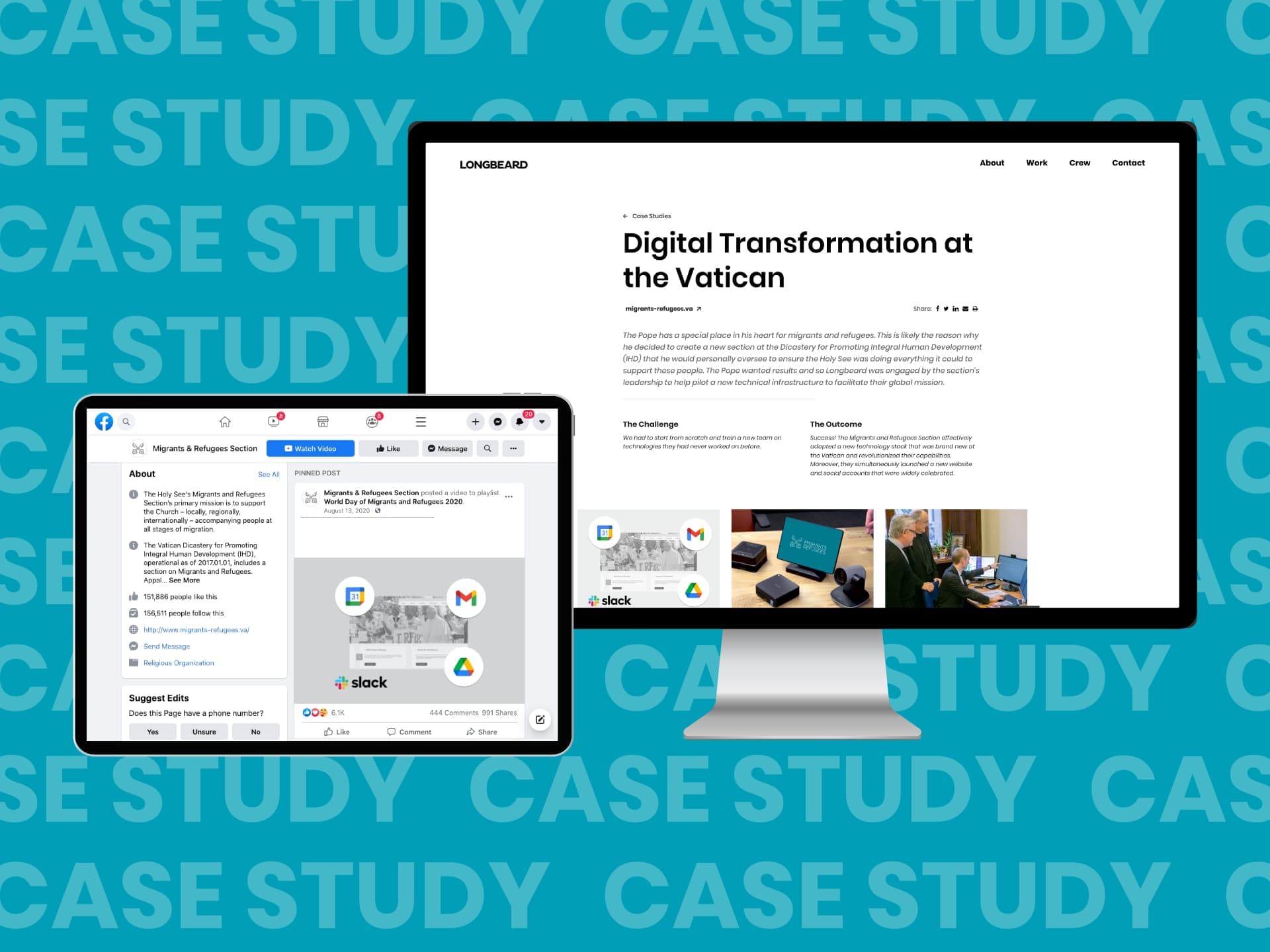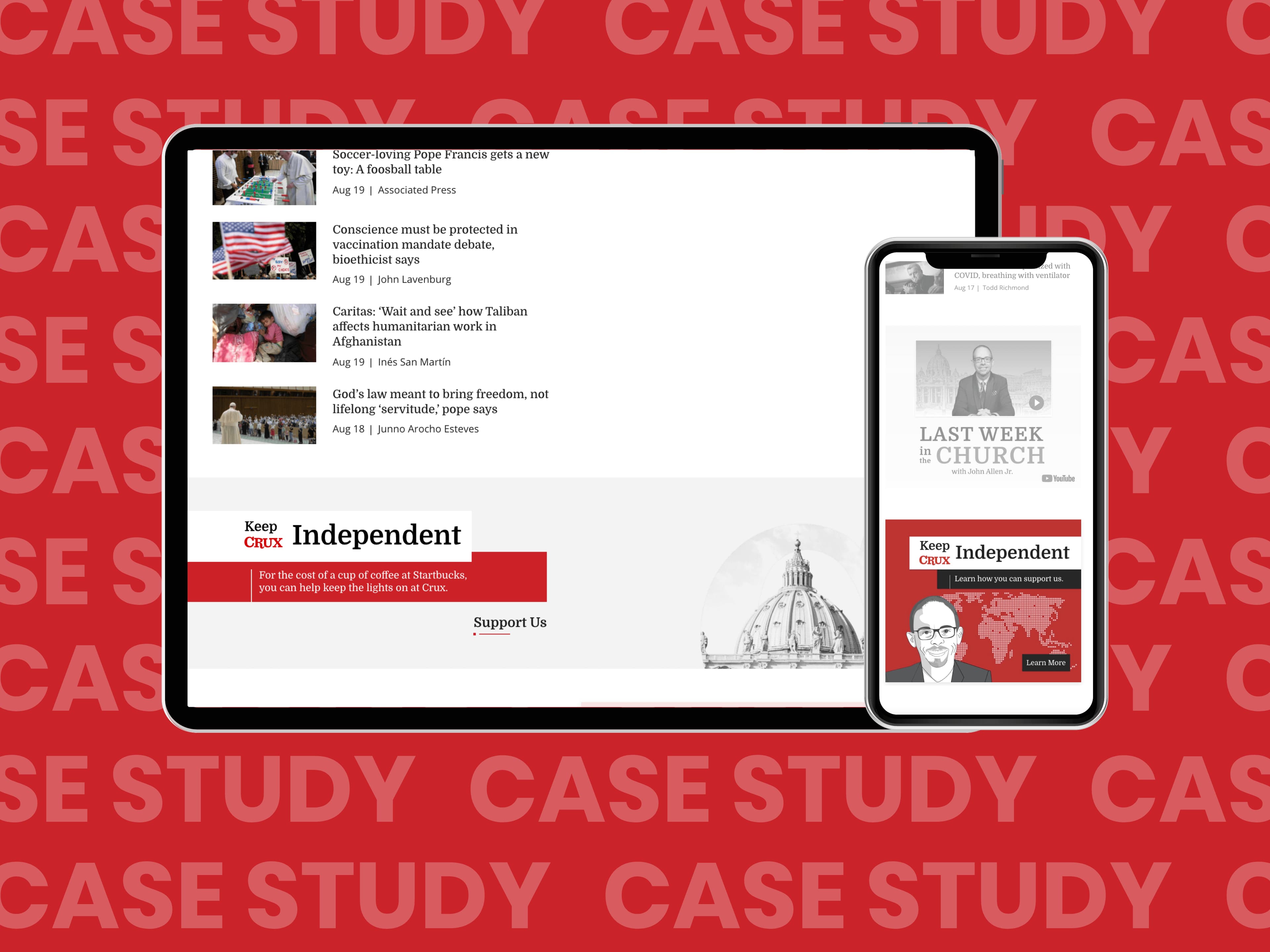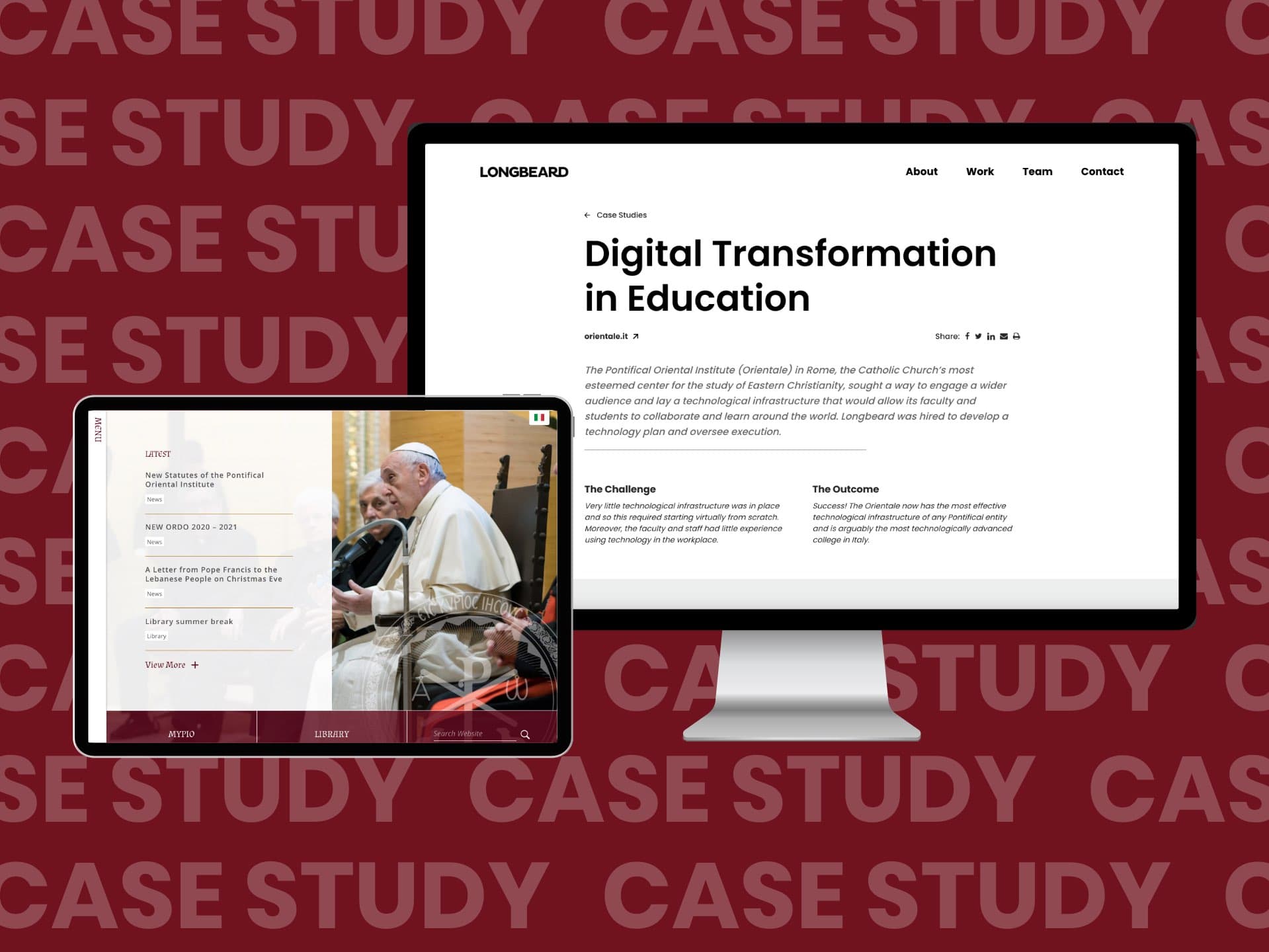Moral Ambiguity Risks
Evidence suggests that people who have a clear, functioning moral code are more grounded, focused, and content with life. Yet, a whopping 81% of U.S. adults rate the state of moral values in the U.S. as only fair or poor. Halcyon hired us to co-develop and run their campaign to address the deterioration of our world’s moral fabric and gain insight into the state of people’s moral understanding.
The Challenge
Designing a vehicle to achieve insight into the moral understanding of people today while simultaneously challenging and informing users of different moral views.
The Outcome
Mixed success. 82% of people who took our quiz reported caring more about the issue of moral ambiguity after what they’d learned. Also, 85.5% of people who completed the quiz reported being more inclined to live in accordance with a moral code. However, the toolkit and marketing hook frustrated some users who sought definitive insight from our quiz.

The Objective
Raise awareness about the problem of moral ambiguity and encourage people to live by a moral code.
The Challenges
- Insight. A simple yes/no quiz would not result in the insight we needed, so we were going to have to try a new Q/A approach.
- Hook. Designing a hook that would effectively grab the attention of users on their social feeds and convince them to visit the quiz landing page.
- Indifference. Putting together a quiz that would inform people about the tangible benefits of having a moral code while challenging them to take moral ambiguity seriously as a personal and social risk.
- Toolkit. Identifying an accessible, creative resource that could serve as a toolkit for people looking to discern their moral viewpoint and put it into practice.

We needed to balance two objectives for this quiz. First, we needed to deliver questions that would force users to discern their moral views and come to a resolution. Second, we needed to probe their moral understandings.
Matthew H. Sanders
CEO, Longbeard
The Insights
- Audiences. We targeted three audiences for this campaign: a political audience; a religious audience; and an entertainment audience. Interestingly, each audience averaged a cost of $0.07 per outbound click. This is unusual given the marked differences in the audiences and speaks to the unique appeal of this topic. The religious audience was slightly more engaged.
- IQ. 91.4% of respondents indicated having a clear understanding of what a moral code is. This was interesting given that we learned many respondents didn’t fundamentally understand what morality is grounded in.
- Demographics. 61.9% of page sessions on the Halcyon survey page were female. 28.2% of page sessions on the Halcyon survey page were over the age of 65, making this the most engaged age group. It’s interesting that an older demographic seemed to be most concerned about the state of morality in the world.
- Devices. Sessions by device were more evenly split than with other Halcyon campaigns Longbeard has worked on, with 42.9% of respondents using mobile devices. 34.5% using tablets, and 22.6 using desktop.
- Costs. Sessions by device were more evenly split than with other Halcyon campaigns Longbeard has worked on, with 42.9% of respondents using mobile devices. 34.5% using tablets, and 22.6 using desktop.
- Conversions. 100% of people who completed the quiz clicked on the post survey resource (toolkit)! 82% of respondents indicated they cared more about the issue of moral ambiguity after our quiz. 85.5% of respondents indicated they would be more inclined to live in accordance with a moral code.
- Traffic. Despite using the same ad spend for this campaign as previous campaigns, we received significantly greater quiz returns and more traffic to the landing page due to the relevance of the issue.
- Expectations. We encountered our first user expectations issue. It seems some wanted to achieve definitive insight into what kind of moral code they have rather than begin a process of discernment. Greater research into effective tools available for moral discernment could have reduced this frustration.

We learned that seniors were most willing to engage on the issue of morality. Further testing would be required to draw any definitive conclusions, but what we do know is engaging young people on this issue would cost significantly more.
Matthew H. Sanders
CEO, Longbeard
The Outcome
- Changing Minds. 82% of respondents stated they care more about morals after what they learned from our quiz.
- Changing Behavior. 85.5% of respondents stated they would be more inclined to live in accordance with a moral code.
- Action. 100% of respondents who completed the quiz accessed the post survey toolkit.



